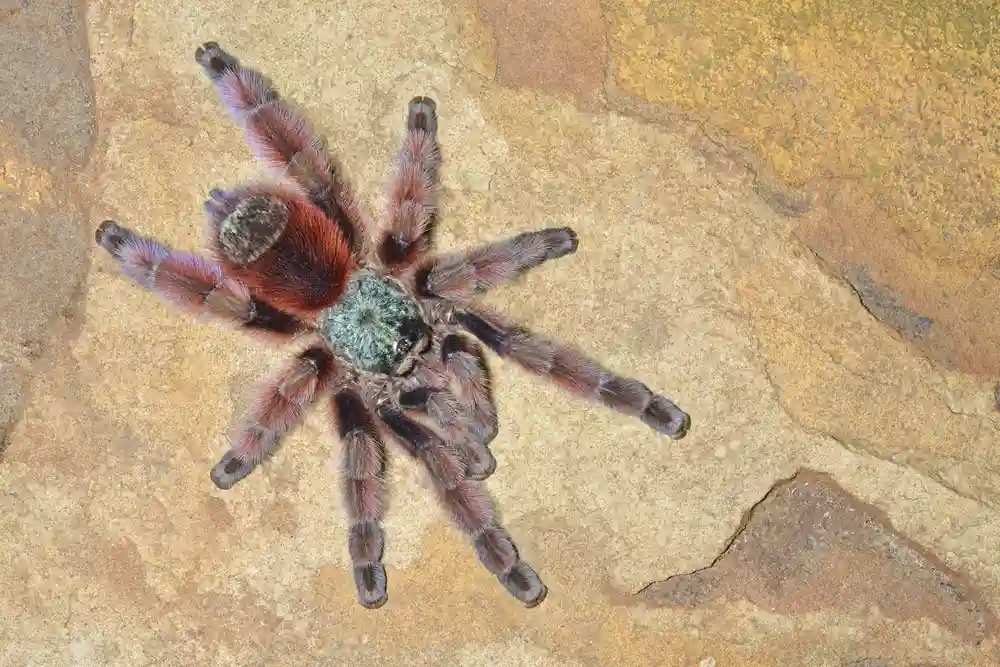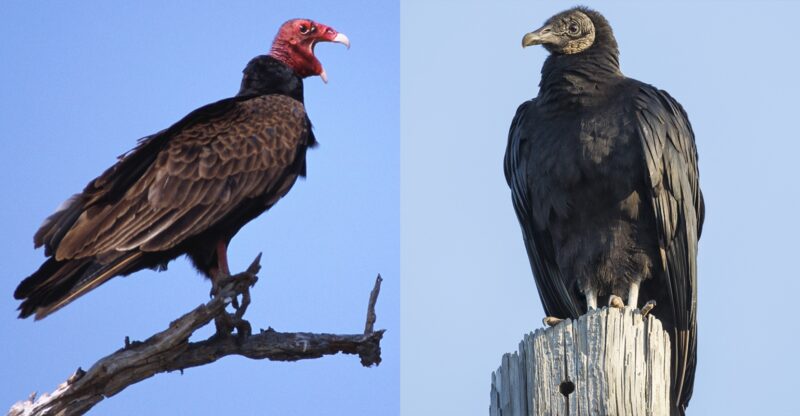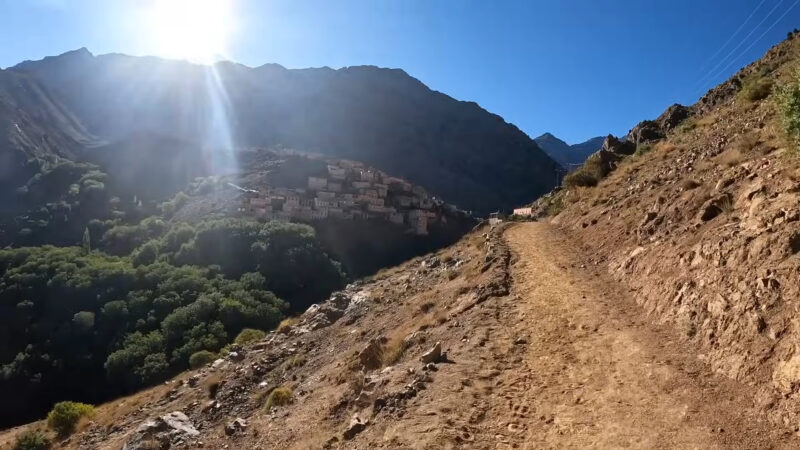The Acinonyx jubatus hecki, better known as the Sahara Desert Cheetah, is a critically endangered subspecies of cheetah uniquely adapted to the harsh conditions of the Sahara Desert.
These cheetahs are not only a marvel of evolution but also play a crucial role in maintaining the ecological balance of their habitat.
Knowing exactly why they are important and the challenges they face is essential for their conservation and the overall health of the ecosystem it inhabits.
Ecological Role

As an apex predator, the Sahara Desert Cheetah plays a vital role in controlling the populations of herbivores.
By preying on these animals, the cheetah helps prevent overgrazing, which can lead to soil erosion and loss of vegetation.
This, in turn, supports the growth of diverse plant species, contributing to the overall health of the ecosystem.
- Apex predator controls herbivore populations like:
- Gazelles
- Barbary sheep
Moreover, the cheetah’s presence helps maintain a balanced ecosystem through trophic cascades.
For example, by controlling baboon populations, cheetahs help prevent the spread of diseases that could otherwise affect a wide range of species.
Biodiversity Maintenance
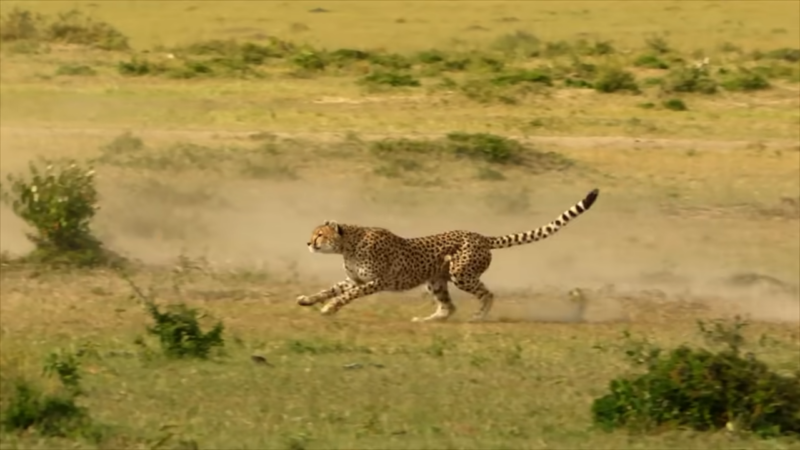
The Sahara Desert Cheetah significantly contributes to biodiversity, which is essential for ecosystem services.
The presence of a healthy cheetah population indicates a well-functioning ecosystem capable of supporting a variety of life forms.
- Essential for ecosystem services like:
- Clean air
- Fresh water
- Food production
Genetic diversity within the cheetah population is also vital for the species’ resilience to environmental changes and diseases.
Maintaining genetic variation helps ensure that the cheetah population can adapt to future challenges, thus securing their long-term survival.
Current Threats
One of the most significant threats to the Sahara Desert Cheetah is habitat loss and fragmentation.
Desertification, driven by climate change and human activities, is rapidly reducing the available habitat for these cheetahs.
The encroachment of livestock and overgrazing by domesticated animals further degrades their natural habitat, making it harder for cheetahs to find food and shelter.
Desertification

Impact of climate change and human activities on cheetah habitat.
Resource depletion, such as the use of acacia wood for fuel and construction, also affects the quality of the cheetah’s habitat.
The displacement of natural prey species due to human activities forces cheetahs to venture closer to human settlements, increasing the risk of conflict and poaching.
Human Conflicts
Human conflicts pose another critical threat to the Sahara Desert Cheetah.
Poaching and illegal hunting, driven by the demand for game meat and private consumption, significantly reduce cheetah populations.
Shepherds often kill cheetahs to protect their livestock, further exacerbating the decline in cheetah numbers.
Poaching and Illegal Hunting

Hunting for game meat and livestock protection. The lack of awareness and insufficient enforcement of conservation laws hinder effective protection efforts.
Without local and international support, conservation laws remain ineffective, allowing these threats to persist.
Conservation Efforts
The establishment of protected areas like the Ahaggar Cultural Park plays a crucial role in providing safe habitats for the Sahara Desert Cheetah.
These areas offer a refuge where cheetahs can live and breed without the immediate threat of human interference.
Recent efforts to track and document cheetah populations using camera traps have been successful in gathering vital data on their behavior and numbers.
Ahaggar Cultural Park
Provides a safe habitat and supports successful tracking efforts.
Research conducted through camera traps helps conservationists understand the movements, behavior, and population dynamics of cheetahs.
International and Local Initiatives
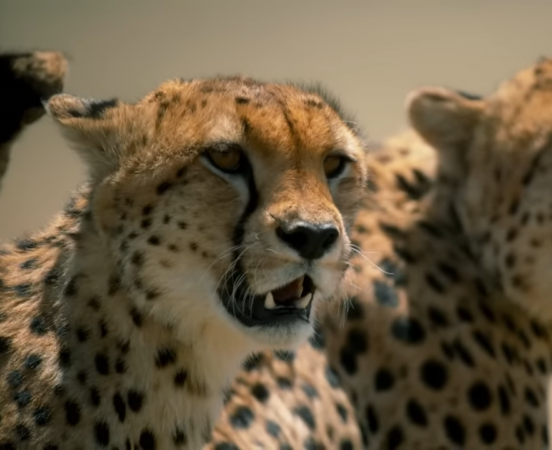
Conservation efforts for the Sahara Desert Cheetah involve both global and local collaborations.
Organizations like the Wildlife Conservation Society (WCS) and the Zoological Society of London (ZSL) work alongside local communities to implement conservation programs.
Involving local communities is crucial for fostering a sense of ownership and responsibility towards cheetah conservation.
Global and Local Collaborations
Efforts by WCS, ZSL, and local communities.
Strengthening legal and policy measures is also essential. It includes enhancing hunting laws and habitat protection policies to reduce poaching and habitat destruction.
Continued funding and support for these programs are vital to ensure their success and the future of the Sahara Desert Cheetah.
Related Posts:
- 10 Oldest Trees in the World You Must Know About in 2024
- Why Is the Eye of the Sahara Also Known as the…
- 7 Reasons Why the Arabian Desert Is a Natural Wonder
- Why Is Wombat Poop Square? The Science Behind Explained
- Why the Antilles Pinktoe Tarantula Is Known for Its…
- 6 Unique Plants Found in the Sahara Desert


